Introduction
Released in 1980 by Atari, Battlezone is a groundbreaking arcade game that introduced players to a three-dimensional battlefield. Developed by Ed Rotberg, Battlezone utilized vector graphics to create an immersive tank simulation experience that was revolutionary for its time. Often referred to as the first virtual reality game, Battlezone set a new standard for interactivity and immersion in arcade gaming.
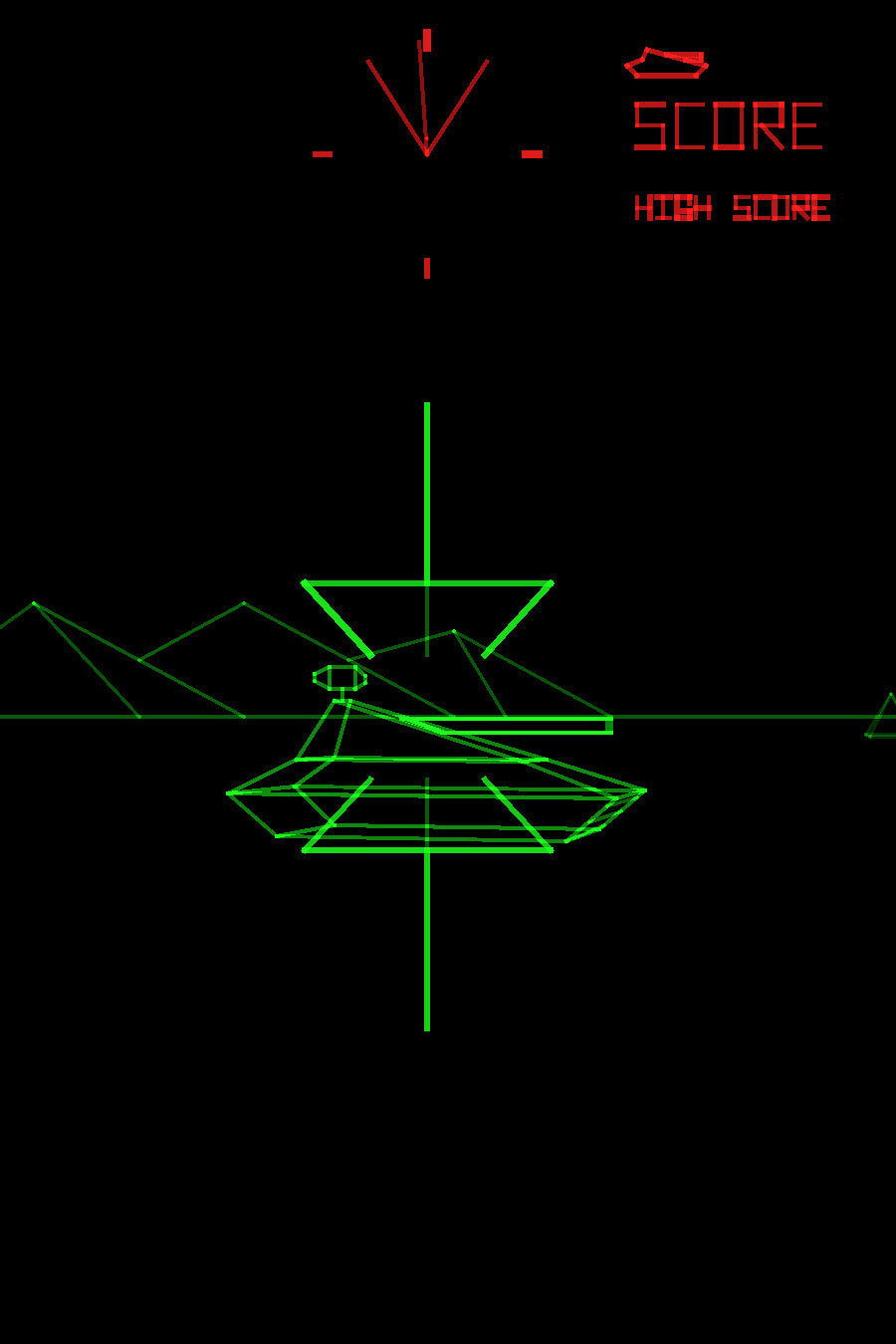
Gameplay and Mechanics
In Battlezone, players control a tank navigating a desolate, alien landscape while engaging in combat with enemy tanks and UFOs. The game’s first-person perspective and innovative controls made it a standout title in the arcade.
Key Features
- First-Person Perspective: Players view the battlefield through the tank’s periscope, offering a unique level of immersion.
- Vector Graphics: Clean, wireframe visuals create a futuristic and minimalist environment.
- Combat Mechanics: Players aim and shoot at enemies while avoiding incoming fire, requiring both precision and strategy.
- Radar System: A mini-map displays the location of enemies, adding a tactical element to gameplay.
- Infinite Gameplay: The game continues until the player’s tank is destroyed, encouraging high-score competition.
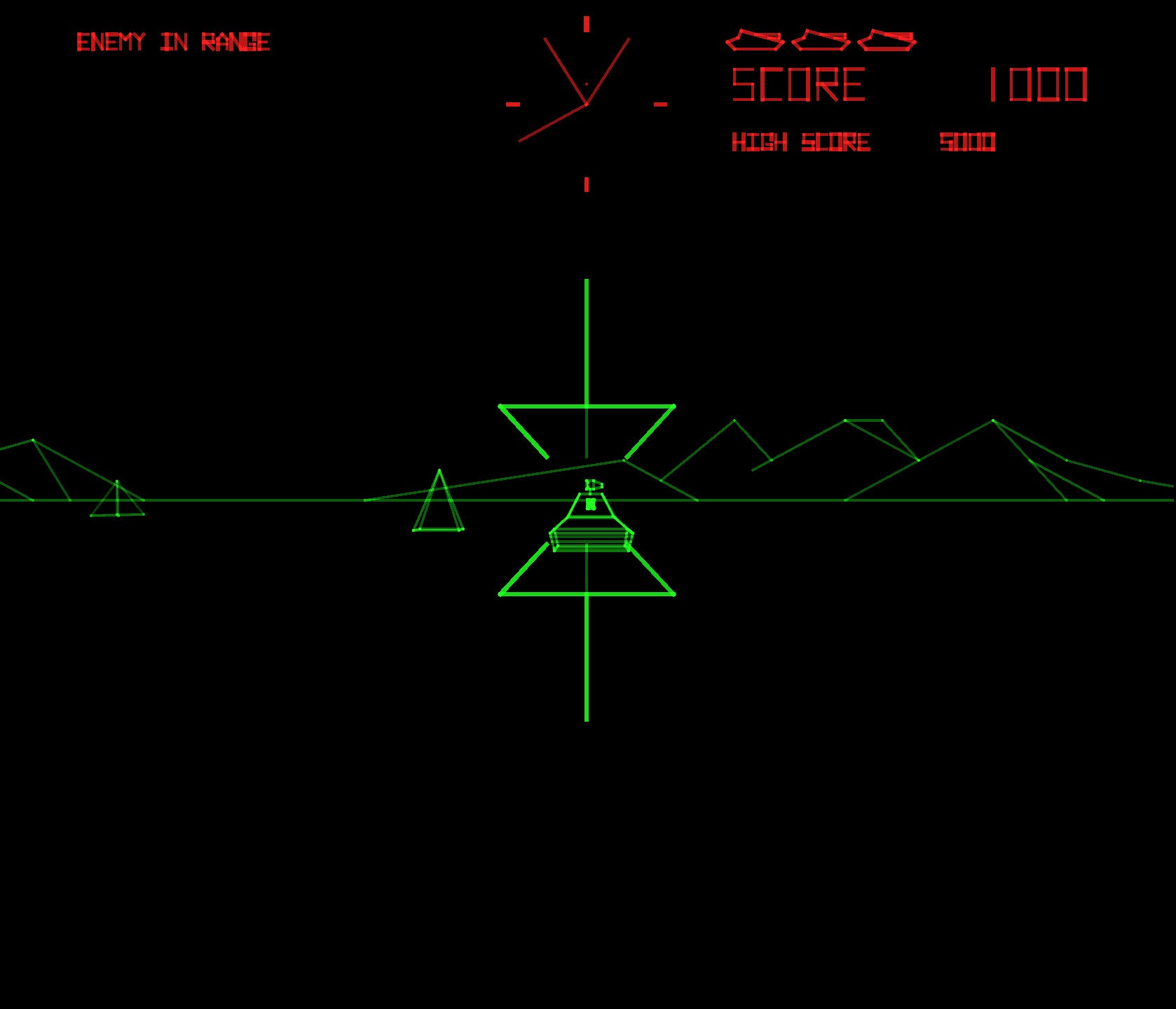
Battlezone Gameplay Video
Design and Development
Battlezone was developed by Ed Rotberg and the Atari team, with the goal of creating a realistic tank simulation. The game’s use of vector graphics and a unique control scheme—featuring dual joysticks—set it apart from other arcade games of the era.
Visuals and Sound
The vector graphics gave Battlezone its distinct aesthetic, while its minimalist sound effects, including the tank’s movement and firing sounds, enhanced the immersive experience.
Cabinet Design
The original Battlezone arcade cabinet featured a periscope-style viewfinder that players used to peer into the battlefield, adding a physical element to the immersion. This design made Battlezone one of the most visually striking and engaging cabinets of its time.
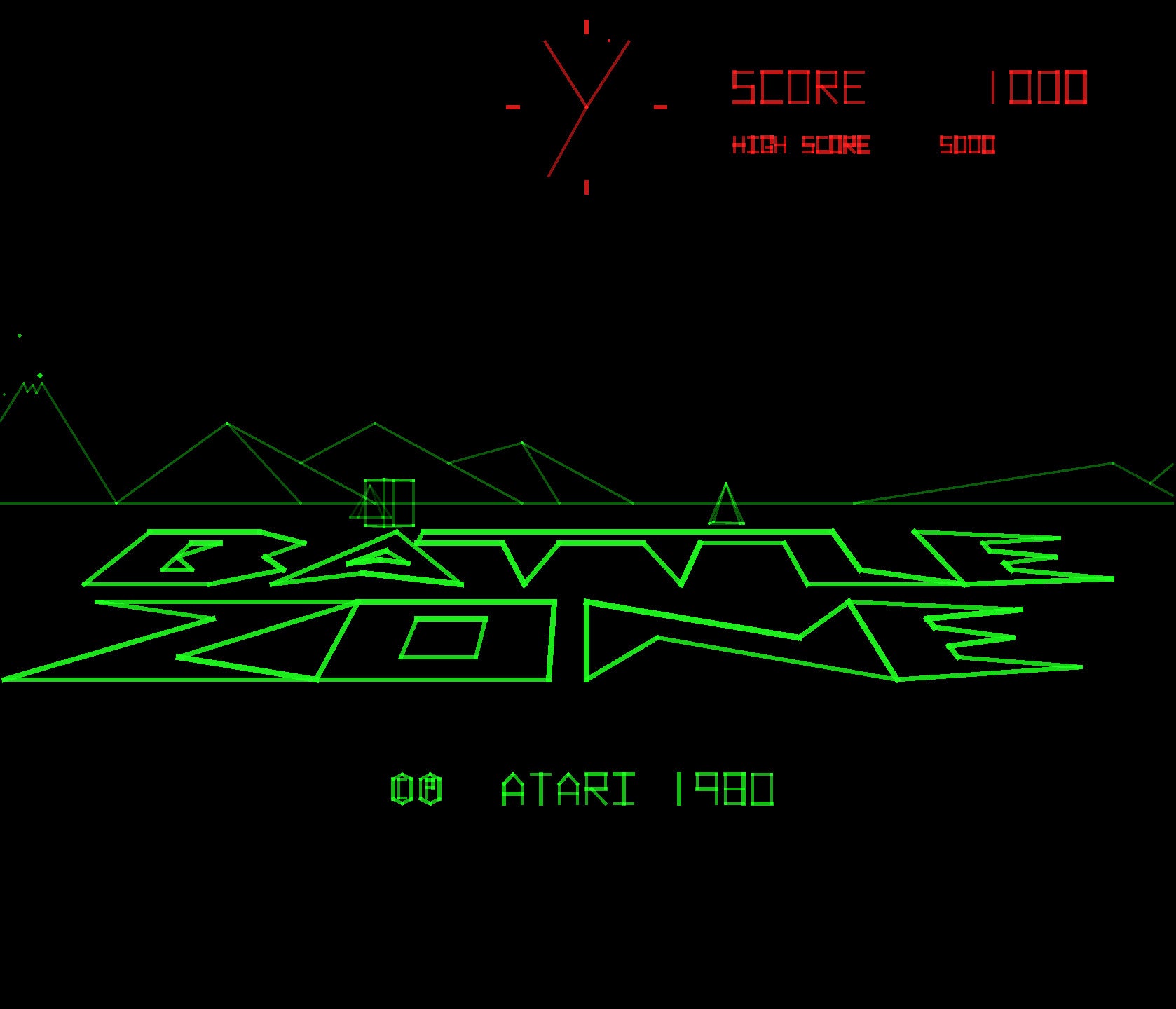
Cultural Impact and Legacy
Battlezone became an instant success, influencing not only gaming but also technology and design.
Technological Innovation
- Battlezone is often credited as the first game to provide a virtual reality-like experience.
- Its 3D wireframe graphics inspired future developments in simulation and military training software.
Cultural Significance
The game’s immersive design and challenging gameplay earned it a place in the Smithsonian Institution as an example of early video game innovation.
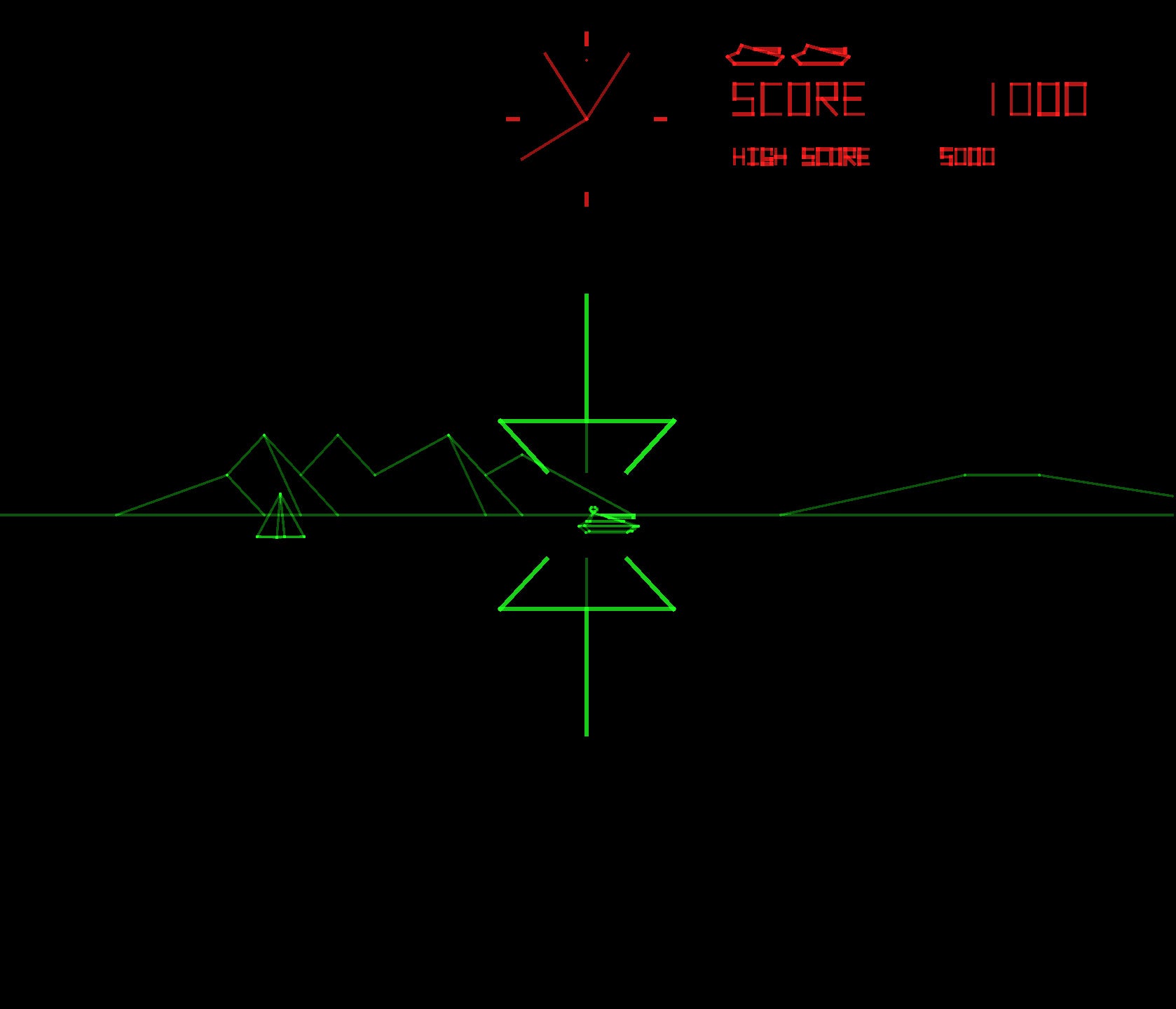
Fun Facts
- Battlezone was adapted for military training under the codename "The Bradley Trainer," used to train U.S. Army gunners.
- The periscope design was later replaced in some cabinets to make the game more accessible for shorter players.
- Battlezone inspired numerous sequels and reboots, including the acclaimed 1998 PC game of the same name.
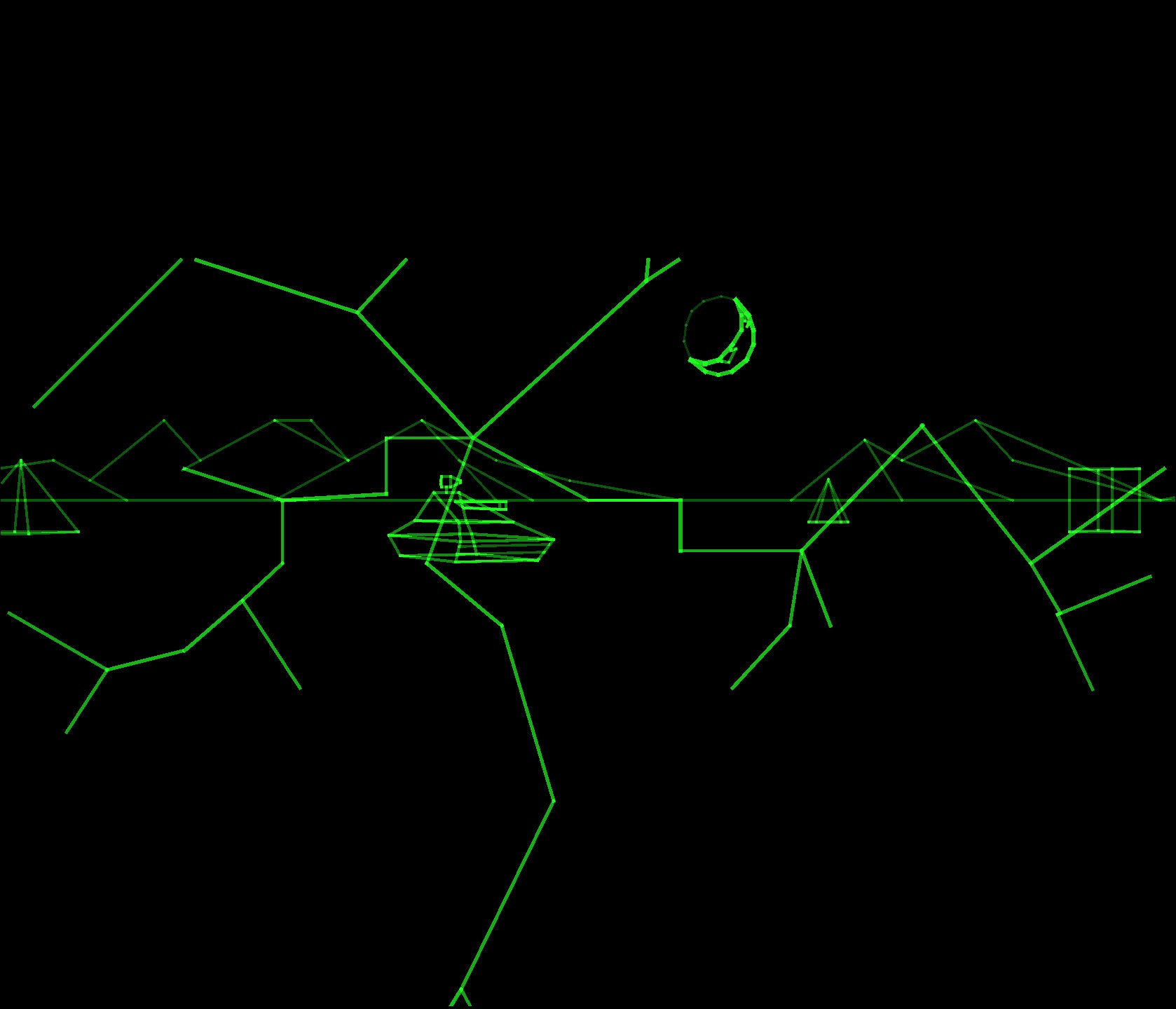
Conclusion
Battlezone remains a landmark in arcade gaming history. Its innovative use of vector graphics, immersive gameplay, and cultural significance make it a timeless classic. Whether you’re navigating the battlefield or aiming for the high score, Battlezone offers an experience that is as engaging today as it was in 1980.
Related Pages
- Asteroids: Another vector graphics classic from Atari.
- Missile Command: A Cold War-inspired defense game with tactical gameplay.
- Star Wars: An iconic space shooter with immersive visuals and sound.

